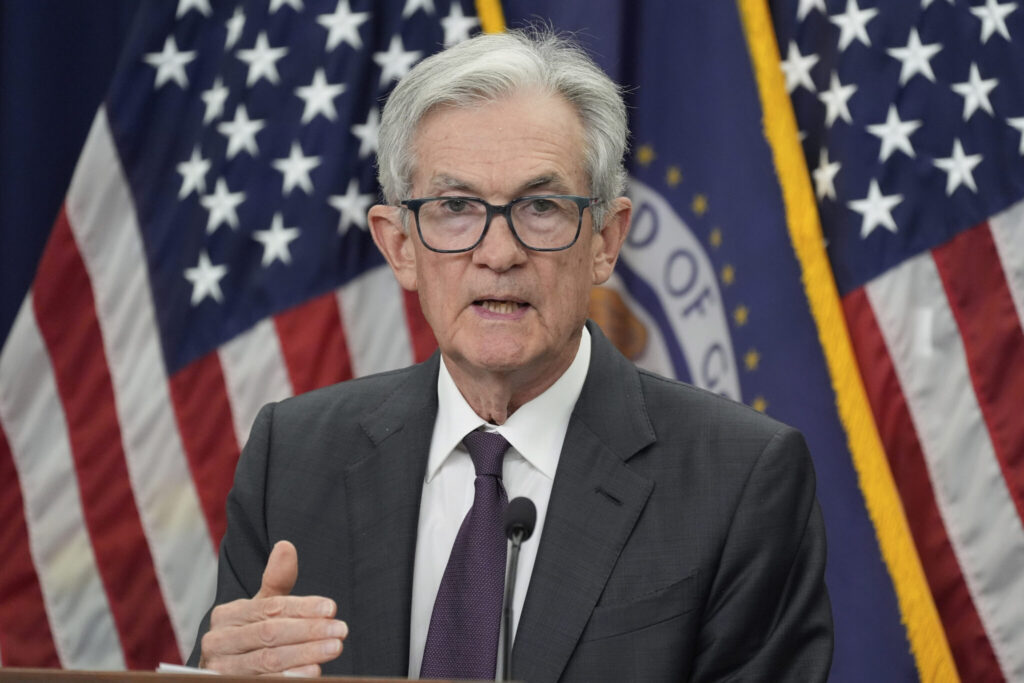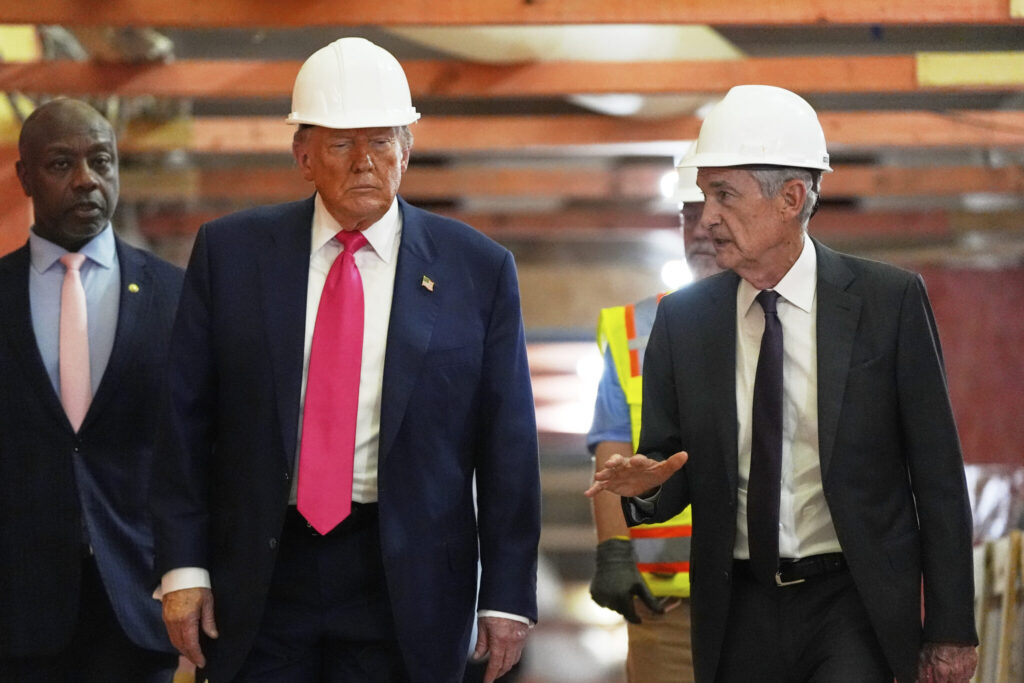Powell’s Jackson Hole Farewell Balances Jobs and Inflation/ Newslooks/ WASHINGTON/ J. Mansour/ Morning Edition/ Federal Reserve Chair Jerome Powell delivers his last Jackson Hole speech Friday, balancing weak jobs data against stubborn inflation. Wall Street hopes for a September rate cut, while the White House pressures him amid Trump’s criticism. The Fed faces one of its toughest dilemmas in years.

Powell’s Jackson Hole Speech Quick Looks
- Powell gives final Jackson Hole speech as Fed chair Friday.
- Fed held rates steady for five meetings, citing a “solid” job market.
- Labor data later showed weaker hiring in July and prior months.
- Inflation rose in July, with core prices up 3.1% year-over-year.
- Wall Street expects a rate cut this year, possibly September.
- Trump pressures Powell and Fed governors, challenges independence.
- Powell previously faced Trump’s public criticism over Fed building costs.
- Fed must balance mandate: stable prices vs. maximum employment.
- Housing, consumer spending show signs of slowdown.
- Powell’s term ends May 2026 after eight turbulent years.

Deep Look: Powell’s Final Jackson Hole Speech Comes With High Stakes
WASHINGTON (AP) — Federal Reserve Chair Jerome Powell delivers his last Jackson Hole speech Friday, in what may be the most scrutinized moment of his tenure. Wall Street, the White House, and global markets are watching closely for clues on whether the Fed will cut interest rates as early as September.
Powell’s balancing act is sharper than ever: jobs data are weakening, but inflation is still elevated.
Conflicting Economic Signals
Just weeks ago, Powell described the U.S. labor market as “solid” after the Fed left its benchmark rate unchanged for a fifth straight meeting. But only two days later, government data showed a sharp slowdown in hiring — with July’s job growth weak and earlier estimates for May and June revised lower.
At the same time, inflation ticked higher. Core prices, which exclude food and energy, rose 3.1% from a year ago, above the Fed’s 2% target. This puts Powell in a bind: soft employment argues for rate cuts, while stubborn inflation argues against them.
“The dilemma has become, if anything, more intense,” said David Wilcox, a former senior Fed economist.
Wall Street Betting on a Cut
Most analysts believe Powell will signal that a cut is coming this year — but may avoid committing to September. That uncertainty could rattle markets, where traders have already priced in a September reduction.
If the Fed keeps its key rate at 4.3%, borrowing costs for mortgages, auto loans, and business credit remain high. Housing data already show stress: existing home sales fell to a nine-month low in June. Consumer spending has slowed, and economic growth hit just 1.2% annualized in the first half of 2025.
Trump Pressure and Fed Independence
Powell’s speech will also be judged against the backdrop of unprecedented presidential pressure. President Donald Trump has criticized Powell repeatedly, even suggesting he mismanaged a $2.5 billion Fed renovation project. During a public tour, Trump exaggerated the cost to $3.1 trillion, handing Powell a slip of paper as “proof.” Powell calmly corrected him, brushing off the theatrics.
“That was just classic Powell,” said economist Diane Swonk. “He doesn’t get fazed.”
More recently, Trump called for Fed Governor Lisa Cook to resign after she faced allegations of mortgage fraud, which she denies. Cook said she won’t be “bullied” and is preparing to respond formally.
Powell has managed to navigate these attacks while defending the Fed’s independence, a principle long seen as critical for stable monetary policy.
Eight Tumultuous Years
Since taking over in 2018, Powell has steered the Fed through some of the most challenging periods in its history:
- Trump’s early criticism of rate hikes.
- The COVID-19 pandemic, which triggered emergency measures.
- The worst inflation in four decades, fueled by stimulus spending and supply shortages.
- A rapid tightening cycle that many predicted would cause recession — but didn’t.
His legacy will be debated, but Powell is widely credited with steady leadership under extraordinary pressure.
What Comes Next
The Fed’s dual mandate — stable prices and maximum employment — now pits weak jobs data against persistent inflation. Fed officials like Atlanta Fed President Raphael Bostic warn that tariffs could drive consumer prices even higher in coming months. Businesses surveyed by the Fed still expect to raise prices.
Other economists, however, argue high rates are the bigger problem.
Neil Dutta of Renaissance Macro said, “The weakness in the economy isn’t about tariffs — it’s about the Fed’s high rates.”
With Powell’s term ending in May 2026, his final Jackson Hole address will be remembered as a defining moment in his legacy. For Wall Street and the White House, it could also signal the direction of the economy in an election year.







